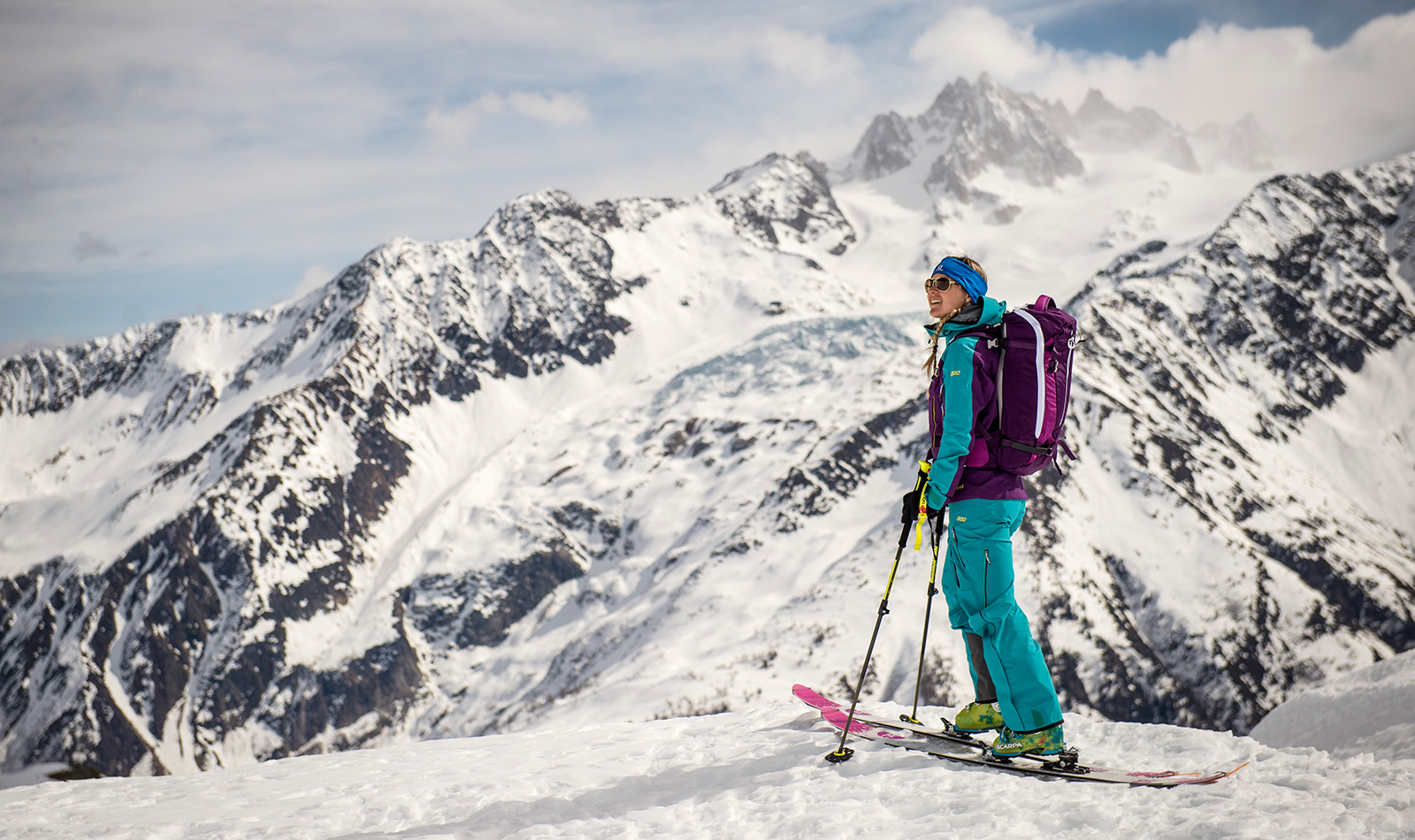
Backcountry skiing and ski-touring is becoming a huge attraction throughout the North American mountains. It has been very popular in Europe for many years as the resorts in the alps offer an entirely different style of off-piste skiing and ski-mountaineering. Now, many resorts across the US are beginning to adopt uphill access policies in order to attract a more diverse crowd.
Skinning and ski-touring is by no means new to the west, it has been taking shape for many years now. However, including uphill access inbounds at major resorts has only recently been sparked through the big shift from resort riders to backcountry enthusiasts. With vast and quick improvements in touring gear, such as split-boards and tech bindings with DIN releasing capabilities, companies are able to make it easier and more affordable than ever to ski uphill.

To many, the idea of skiing uphill sounds like nothing but a hassle. Why torment yourself, both physically and mentally, in a slog up steep slopes when you could ride a lift? Others find the allure of the backcountry and nature appealing, but it’s worrisome to venture out into the unknown especially if one is unprepared and lacks basic knowledge of the mountains during winter. With these new uphill policies, it will open the door to a whole new set of people and grant relatively safe access for beginners who are interested in learning the sport.
This new trend of inbounds uphill access seems to be kindling very quickly in the state of Colorado where the snowpack can be very unsafe and remain rather sketchy for large portions of the season. The Park Hyatt Beaver Creek now provides their Ultimate Winter Experience, which for those who can afford it offers a great start into ski-touring and split-boarding. Not only can you go skinning in the North Vail Bowls but you also can get avalanche-training courses, some ice climbing experiences, and they even provide the opportunities to hire drone cinematographers to capture it all. However, it comes at a very stiff price tag of $30,000 with all the bells and whistles.

Aspen Colorado also has an inbounds uphill policy. While theirs isn’t new, they have begun to offer some guided day tours- available through Aspen Alpine Guides- which help beginners learn the basics of uphill skiing and hiking as well as nutrition tips for high-altitude adventuring. A great event offered by Aspen is their Summit for Life Uphill Race, a nighttime race uphill on Aspen mountain using any non-mechanized form of transportation, which ends in a party at the summit. The event promotes awareness and education for organ and tissue donation through the Chris Klug Foundation.
Monarch Colorado- along with a handful of other resorts that include Sunlight, Powderhorn, Copper Mountain, Breckenridge, and Steamboat- have also adopted an uphill policy. Their policy requires that all uphill traffic remains on strict designated trails inbounds at the resort and only during hours of operation with a valid lift ticket. The goal is to mitigate as many risks as possible such as skier-to-skier collisions and incidents related to avalanche hazards or other after hours activities while offering uphill skiing.

A little known fact is, most resorts which reside on public lands such as National Forests will have some form of uphill policy. A couple resorts which have such policies are Alpine Meadows in California and Wildcat in New Hampshire. Since the land technically belongs to the public it can be utilized for uphill access. However, keep in mind that there is still a resort in operation 24/7 during the winter months and their policies are put in place for your safety and could be strict.
As with any sport, the activities are inherently dangerous. By choosing to be an uphill skier inbounds at a resort each individual is still susceptible to injuries and accidents while mitigating the largest daunting factor of ski-touring, the risk of avalanche. However, being in the backcountry people are responsible for themselves and their backcountry travel technique but have no risk of incidents caused by any other form of traffic on the mountains. Either way, when safely done, uphill skiing can be an extremely rewarding method to step out into nature and enjoy the surroundings of our beautiful mountains.
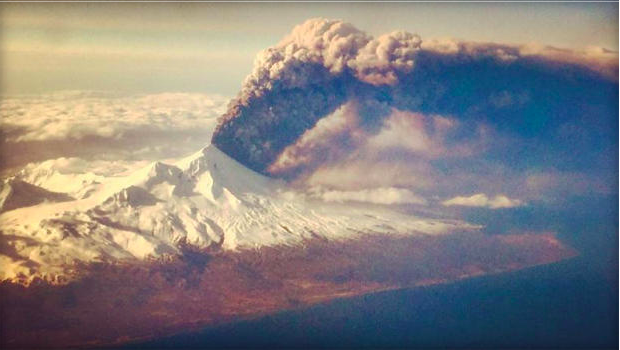
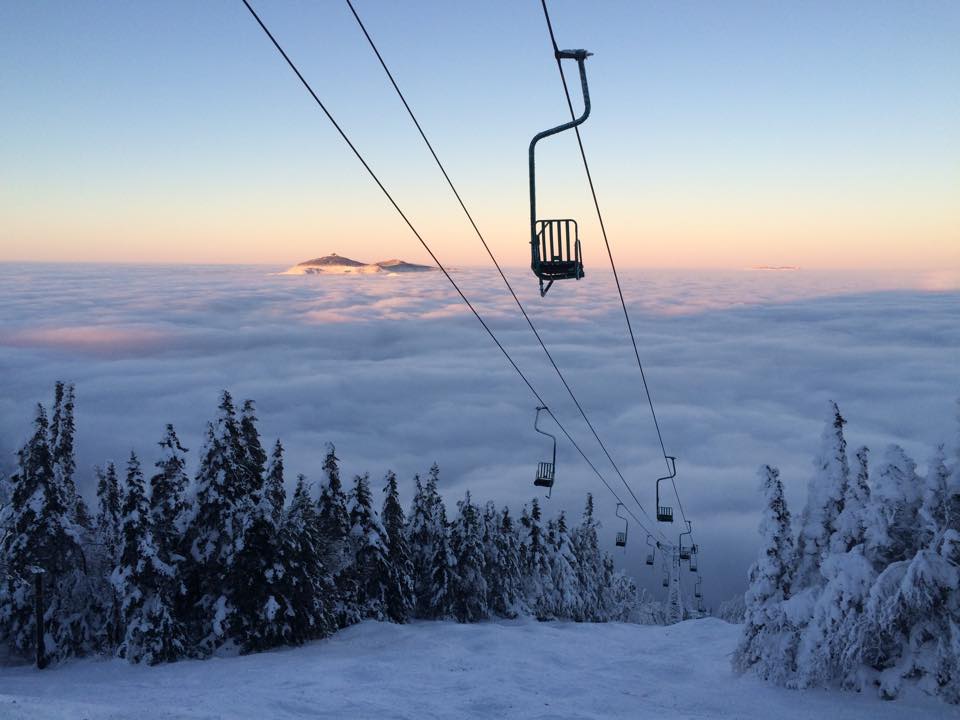
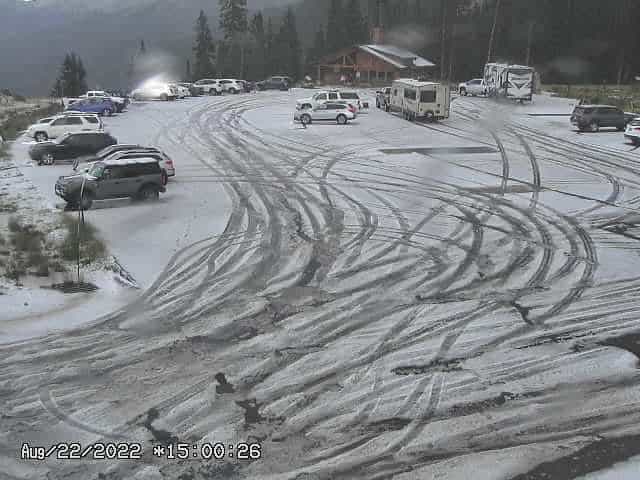
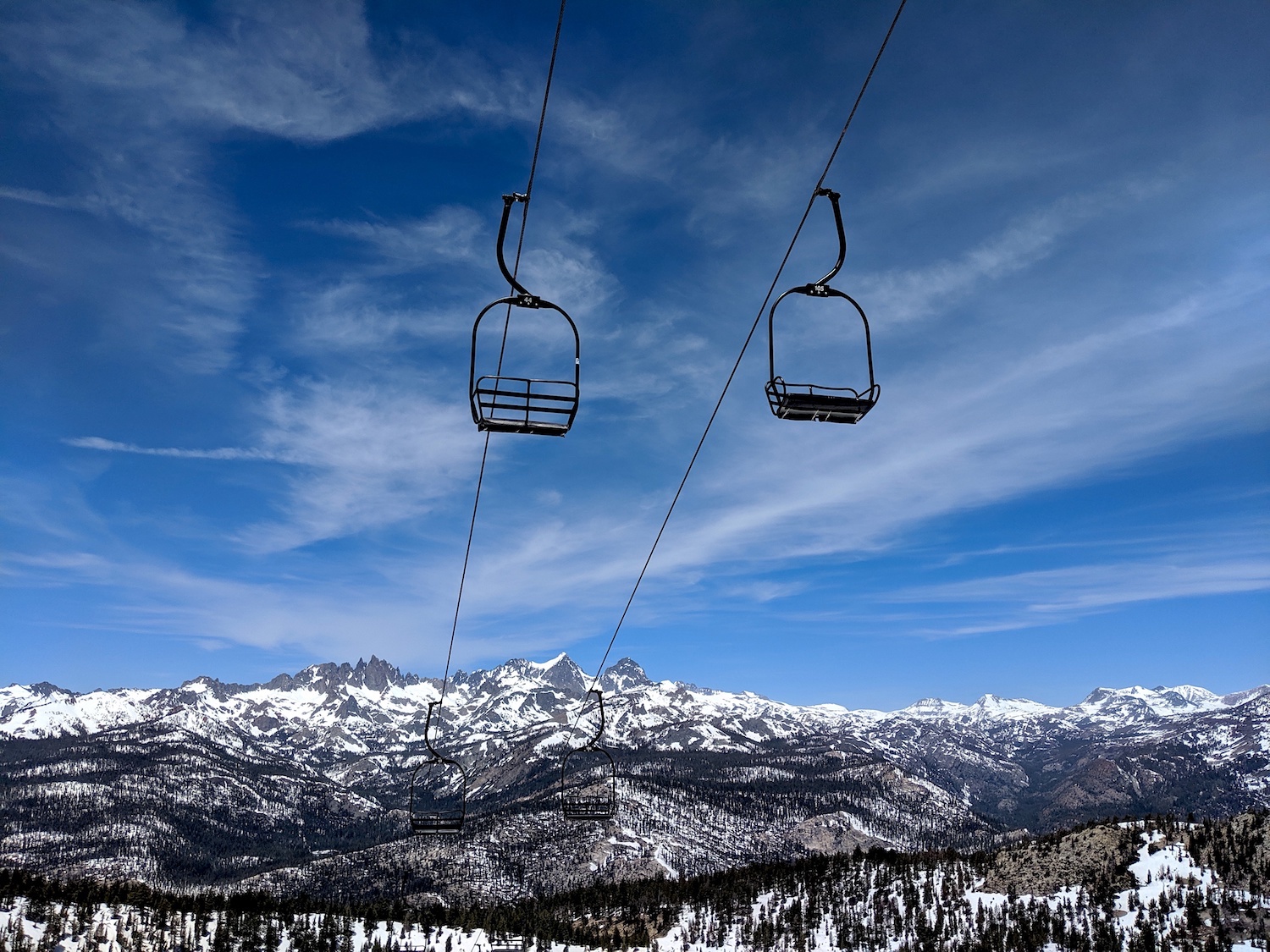
Alpine dropped Their uphill policy after the parents of the girl who died on the hill before opening for the season sued alpine/squaw , have they changed their uphill policy?
As of now, Squaw Alpine states that no uphill access is granted. However, the National Forest Service has an interesting policy in place that allows uphill access on their property. This is an ongoing controversy as certain resorts such as Heavenly and Squaw Alpine restrict uphill access and other places like Whitefish Montana have begun to cite people and fine them $100, with approval from the Forest Service, because of safety issues. I have personally seen a few people going uphill at Alpine and believe that as long as you’re doing so in a safe and smart manner the patrollers won’t deter individuals, but you are correct in the fact that they restrict it. Sugarbowl has adopted a fairly lenient uphill policy which would probably be the safer bet!